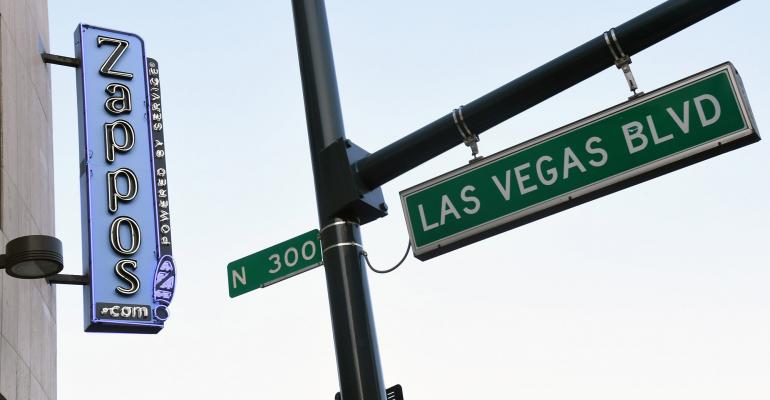Across the United States, companies of all sizes increasingly recognize the importance of philanthropic community engagement. In 2017, those companies donated more than $20 billion to charitable causes.
These businesses are using philanthropy not only to “do the right thing” but also to enhance the engagement of investors, employees and customers—all of which accrue to the bottom line.
Median corporate giving increased 15 percent between 2015 and 2017, according to a CECP survey. In 2017, median total giving among the 252 survey respondents was $19.2 million (0.87 percent of pretax profit). Nine out of 10 companies matched employee charitable contributions. Nearly two-thirds offered paid time off for nonprofit volunteering.
Companies are achieving deeper impact by making fewer (but larger) grants to fewer (but more carefully selected) recipients—rejecting the “peanut butter” approach of spreading resources wide and thin.
Also, they’re allocating the largest share of resources to strategic and signature programs. Education continues to be the best-funded program area.
A Changing World
The world has changed significantly since economist Milton Friedman’s often-repeated 1970 admonition that “the social responsibility of business is to increase its profits.”
Only nine years later, in the August 13, 1979, issue of Business Week, Quaker Oats President Kenneth Mason declared Friedman's philosophy “a dreary and demeaning view of the role of business and business leaders in our society. … Making a profit is no more the purpose of a corporation than getting enough to eat is the purpose of life. Getting enough to eat is a requirement of life; life's purpose, one would hope, is somewhat broader and more challenging. Likewise, with business and profit.”
Companies devote enormous amounts of time, talent and resources to the development of key strategies for business success. Effective philanthropic strategy for enhanced investor, employee and community engagement requires similarly rigorous analysis.
One out of every four U.S. philanthropic dollars is now invested using a sustainable-, responsible- and impact-investing lens. While these investors consider many factors, prominent among them are community engagement and philanthropic commitment.
In the area of employment, for example, millennials will soon comprise half of the U.S. workforce. Eighty-three percent of these employees claim more loyalty to a company that helps them contribute to social and environmental issues. Eighty-eight percent of millennials say such opportunities make their jobs much more fulfilling.
Consumer Views
Seventy-eight percent of U.S. consumers believe that companies should address important social justice issues. Eighty-seven percent will purchase a product because a company advocated on behalf of an issue they cared about. Forty-two percent of North American consumers are willing to pay more for socially responsible products.
Conversely, 76 percent of consumers will refuse to purchase the products or services of a company that supports an issue contrary to their beliefs.
On the critical issue of climate change, for example, 62 percent of Americans believe global warming is a problem. Fifty-eight percent believe that—in the absence of government action—companies should take the lead in addressing climate change.
Companies are doing this by reducing their own energy use or pollution, creating new products and packaging that are better for the environment, lobbying for policy changes to address the issue, donating to nonprofits that are working to combat climate change and providing consumers with information and tools from which to act.
Authenticity Is Important
A key business challenge is to find ways to deploy philanthropic capital that are both strategic and authentic—ways that resonate with investors, employees and consumers alike. Nearly two-thirds of Americans say that they’ll conduct research to authenticate such claims.
Alignment of philanthropic strategy with a company’s products, services and operations creates authentic coherence between philanthropic and business objectives.
Examples of this approach include health care support of wellness, disease prevention and cures; technology support of STEM education; food production support of hunger-related initiatives; professional services support of nonprofit capacity building; and beverage support of clean water. Most of these issues safely appeal to all sides of partisan gaps.
A corporate giving strategy is not a zero-sum game—pitting “making money” against “doing good.” Such a strategy is instead additive—attracting investment capital; improving employee recruitment, retention, engagement and productivity; and increasing customer and other stakeholder connectivity and loyalty. Each of these elements enhances bottom-line profitability.
Bruce DeBoskey, J.D., is a philanthropic strategist working across the U.S. with The DeBoskey Group to help families, businesses, foundations, and family offices design and implement thoughtful philanthropic strategies and actionable plans. He is a frequent keynote speaker at conferences and workshops on philanthropy. Visit deboskeygroup.com.





